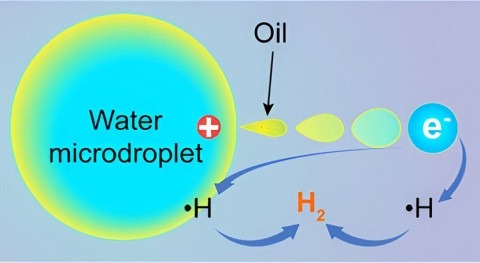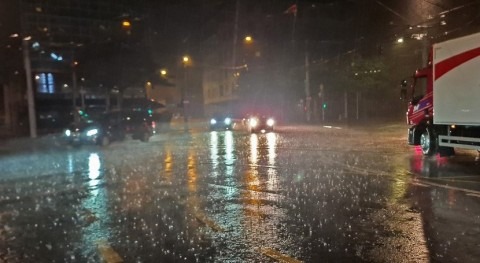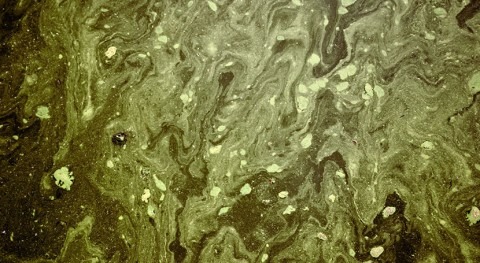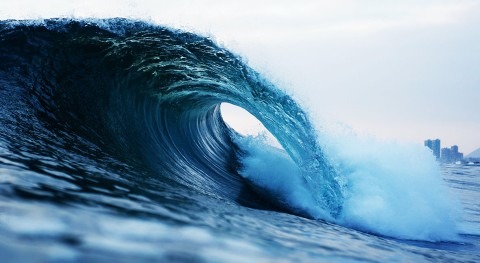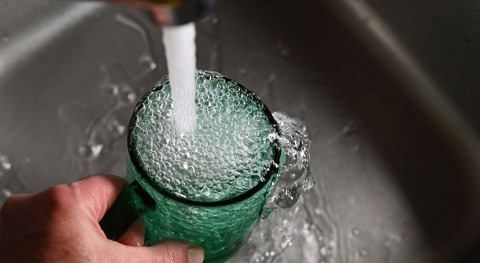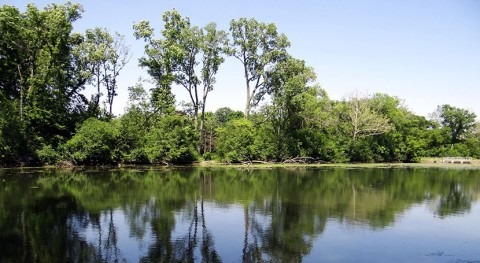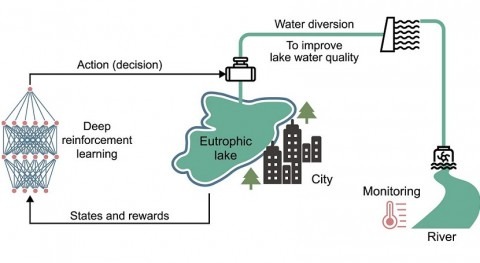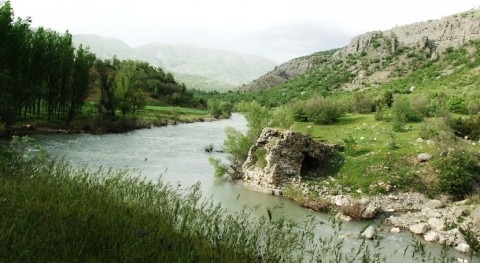The Tibetan Plateau (QTP) is composed of complex and diverse topographic features, as well as many significant differences in water, heat, and momentum flux exchange under different underlying surfaces. Alpine, or high elevation wetlands are a common type of underlying surface on the QTP.
Because of the unique features of this critical water source and ecosystem, scientists are striving to know more about the mechanisms behind water and heat exchanges within high elevation wetlands and how these processes affect the climate of the region.
"The alpine wetland is very sensitive to temperature and precipitation," said Associate Professor Xianyu Yang with Chengdu University of Information Technology.
His recent study, just published in Advances in Atmospheric Sciences, investigated the characteristics of hydrometeorological factors throughout alpine wetlands in the warm season (June–August) and cold season (December–February). Dr. Yang used in situ observations from the Northwest Institute of Eco-Environment and Resources, Chinese Academy of Sciences' Zoige Plateau Wetland Ecosystem Research Station to examine water and heat exchange mechanisms within the nearby wetland.
The Zoige Alpine wetland is the largest plateau marsh wetland in the world with an area that covers about 7,080 km2. It is located on the eastern margin of the QTP, with an average elevation of approximately 3,500 m. Yang evaluated the region's atmospheric contributions and new surface parameters using the Community Land Model (CLM) 5, which is capable of determining water and heat transfers among soil, alpine wetland surface, and the atmosphere, using in situ observations as its input data.
After examining CLM5 data, Dr. Yang and his team found that the depth of frozen soil averages between 20 cm and 40 cm throughout the alpine wetland. The sensible heat flux before 16:00 (local time), or approximately solar noon, was greater in the cold season than in the warm season, while the diurnal latent heat flux was always greater in the warm season.
Compared with other atmospheric factors, longwave radiation had a greater influence on heat fluxes at night, as heat radiates away from the surface. That said, during the daytime, temperature and longwave radiation were both control factors for sensible heat flux. For latent heat flux, temperature and air pressure were control factors, but these atmospheric influences were negligible in the cold season.
"This research advances our understanding of the land surface processes over the alpine wetland on the QTP," said Yang. "For future study, the results are sufficient and significant for parameterization scheme optimization in the CLM5 model, hopefully aiding future research."
According to Yang, the next step is to carry out more situ observation experiments over the Zoige Plateau Wetland and improve the parameterization schemes of CLM5.
Some scientists have also investigated the control factors and influencing parameters for water and heat exchanges, with results showing that controlling factors vary amongst the different underlying surfaces. Observation data and CLM5 model limitations still constrain even these robust results from this and similar studies.




